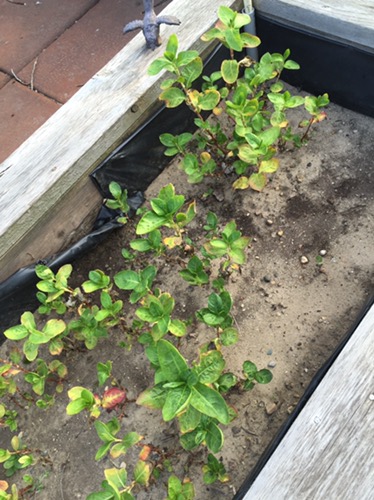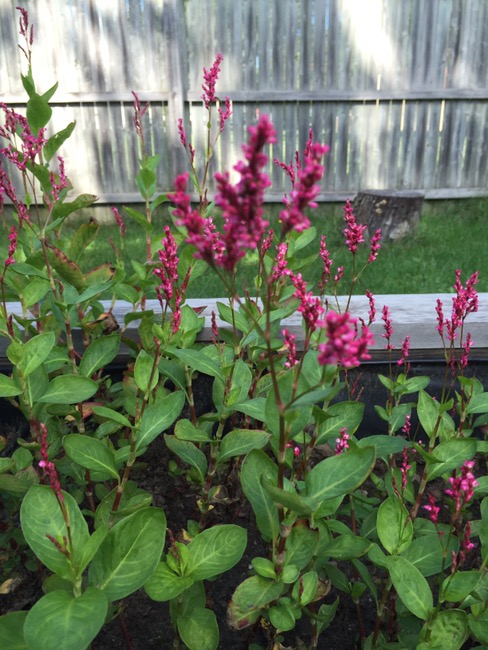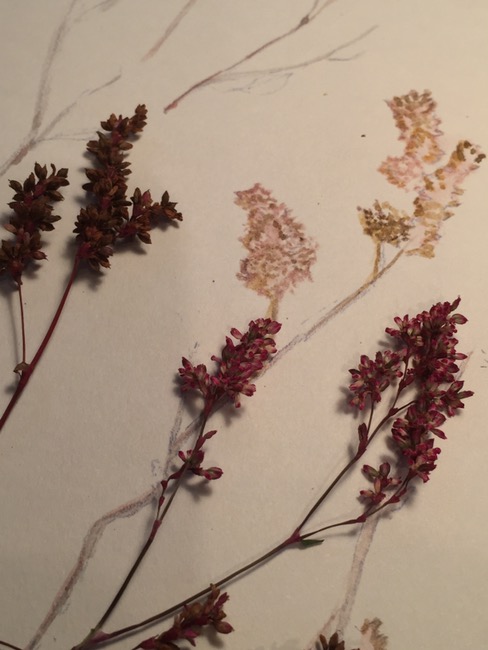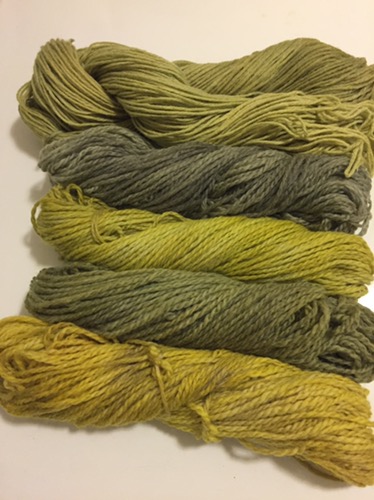 This summer I planted my indigo seeds as a last minute effort. Honestly, I lost the seeds I had ordered and found a packet of seeds that I had never planted last summer because the was no more room in the garden. It sounds like I am not too organized but I really am…we had unexpected visitors come and stay, which was right in the middle of planting time and we were also trying to build the fence around the vegetable garden at the same time.
This summer I planted my indigo seeds as a last minute effort. Honestly, I lost the seeds I had ordered and found a packet of seeds that I had never planted last summer because the was no more room in the garden. It sounds like I am not too organized but I really am…we had unexpected visitors come and stay, which was right in the middle of planting time and we were also trying to build the fence around the vegetable garden at the same time.
Well needless to say there were disruptions and things got moved around and seeds were lost!

So this sad patch you see above was a miracle to me! This was after leaving for a week in June and no care for this box of seedlings. I did give the plants a douse of fish fertilizer and it perked up and gave more color and encouraged many more seeds to sprout in the coming weeks. You can see the difference!
I kept an eye on the patch of indigo and it seemed that every thing that could go wrong for these plants happened and yet they survived. We had a really hot summer and my allergies were horrible. We caught three woodchucks in the yard looking into the raised bed on their hind legs, and they had chewed a few tops off and were trying to get into the box! We trapped them and released them in the woods and built a cover to protect the plants until they were much taller.
So summer days past, time to pick the leaves for the first cutting. There weren’t enough leaves for a good batch so I decided to try for one at the end of summer, and gave the plants another feeding of liquid fish fertilizer. They filled in and began to bloom. I collected all the leaves before the first frost. The leaves were enough for two half gallon jars of dye. Here is the photo of the steeping process. I had added ammonia and oxygenated the two jars.
Below is a vase of the flowering plants in the days after cutting the leaves back.

The bloom lasted for three weeks! The color was intense as you can see. I remembered that the seeds were a shiny brown color and plump specimens. The seeds on my plants didn’t look quite like that so I left the plants another week. We had some cool nights and a frost in some areas of the gardens but the flowered remained! I kept watering and the flowers were finally turning brown. I stopped watering the plants and yesterday, November 1st, I clipped the seeds and brought them in to the studio to dry.

Here is a close up of the seed tips yesterday. There are some that still have that pink coloring, and I doubt that they will produce a viable seed.

So the next step will be to plant a group of ten seeds and see if they will sprout! That will take some time.
Here is a sample of the colors from the two batches of indigo I dyed this fall. The two darkest skeins were first dipped in the Japanese indigo in Early October. The top skein was first dipped in the indigo exhaust dye then dipped it in a marigold dye bath. The third skein down was a long dip in marigold. And the bottom skein is just a short dip in marigold dye solution. All the colors!
These two skeins below were still damp when photographed. The were left to set for two days and then rinsed. They were extremely lighter after they dried.
Here is the color of the dye bathe and the color of the wool as it was pulled out of the jar. Enjoy!




